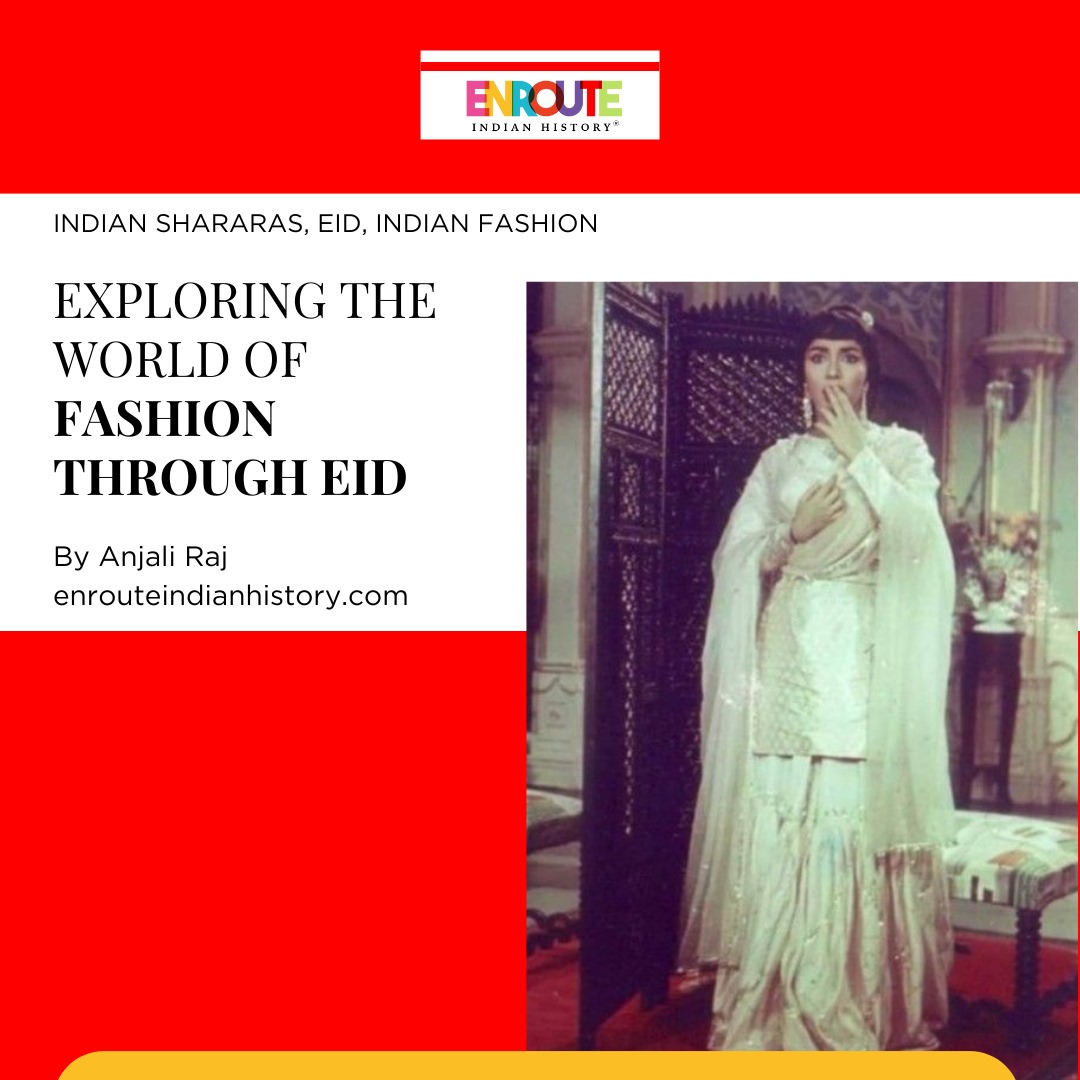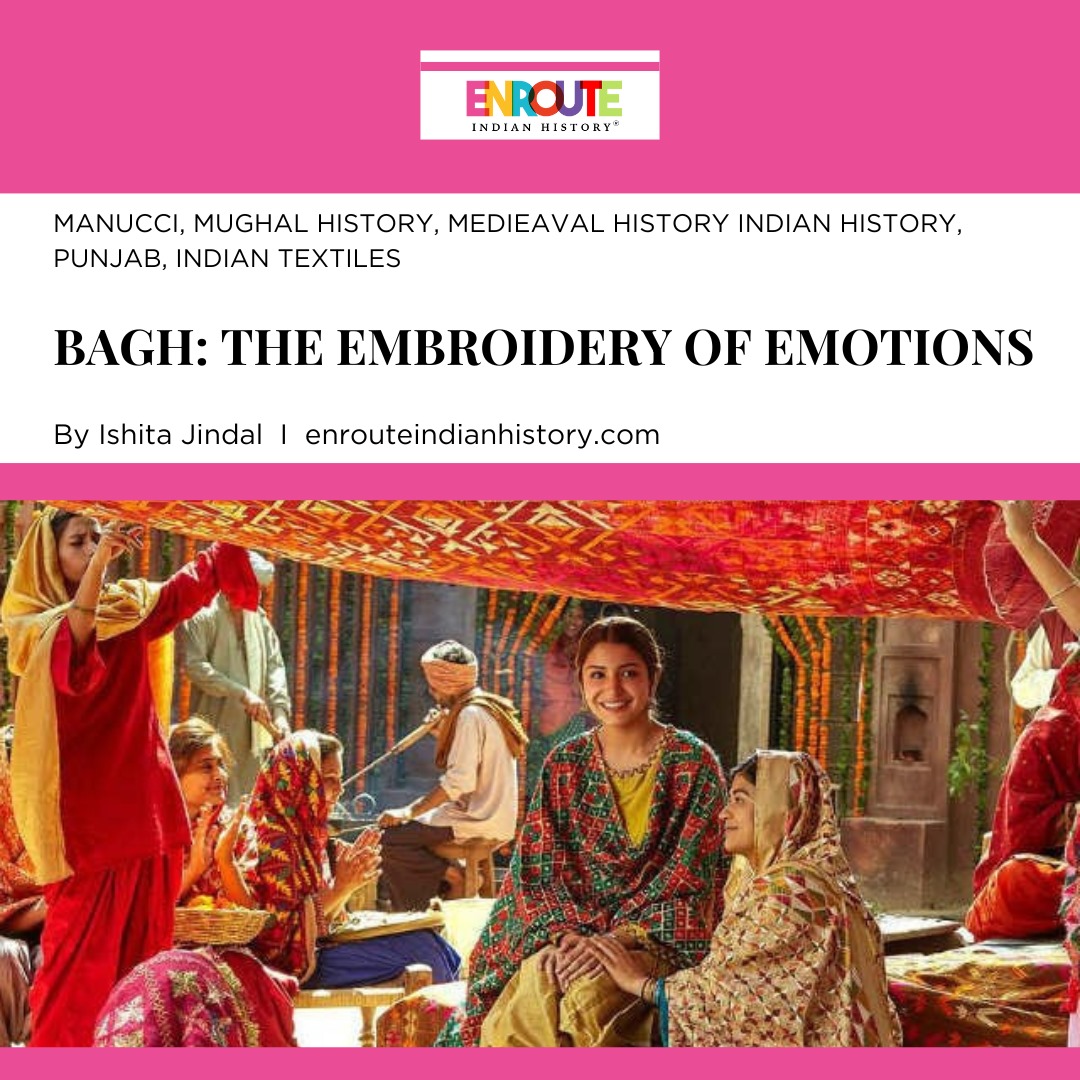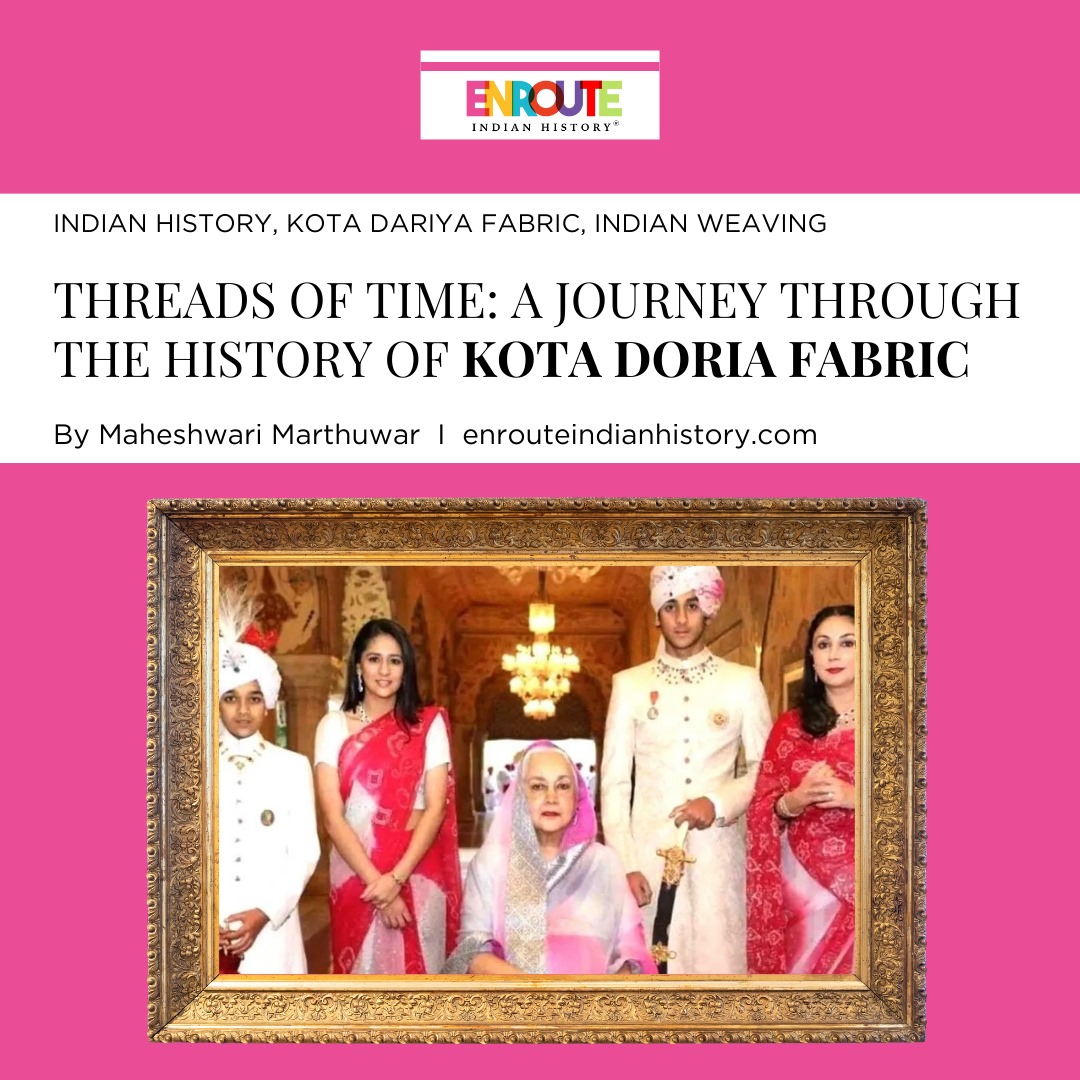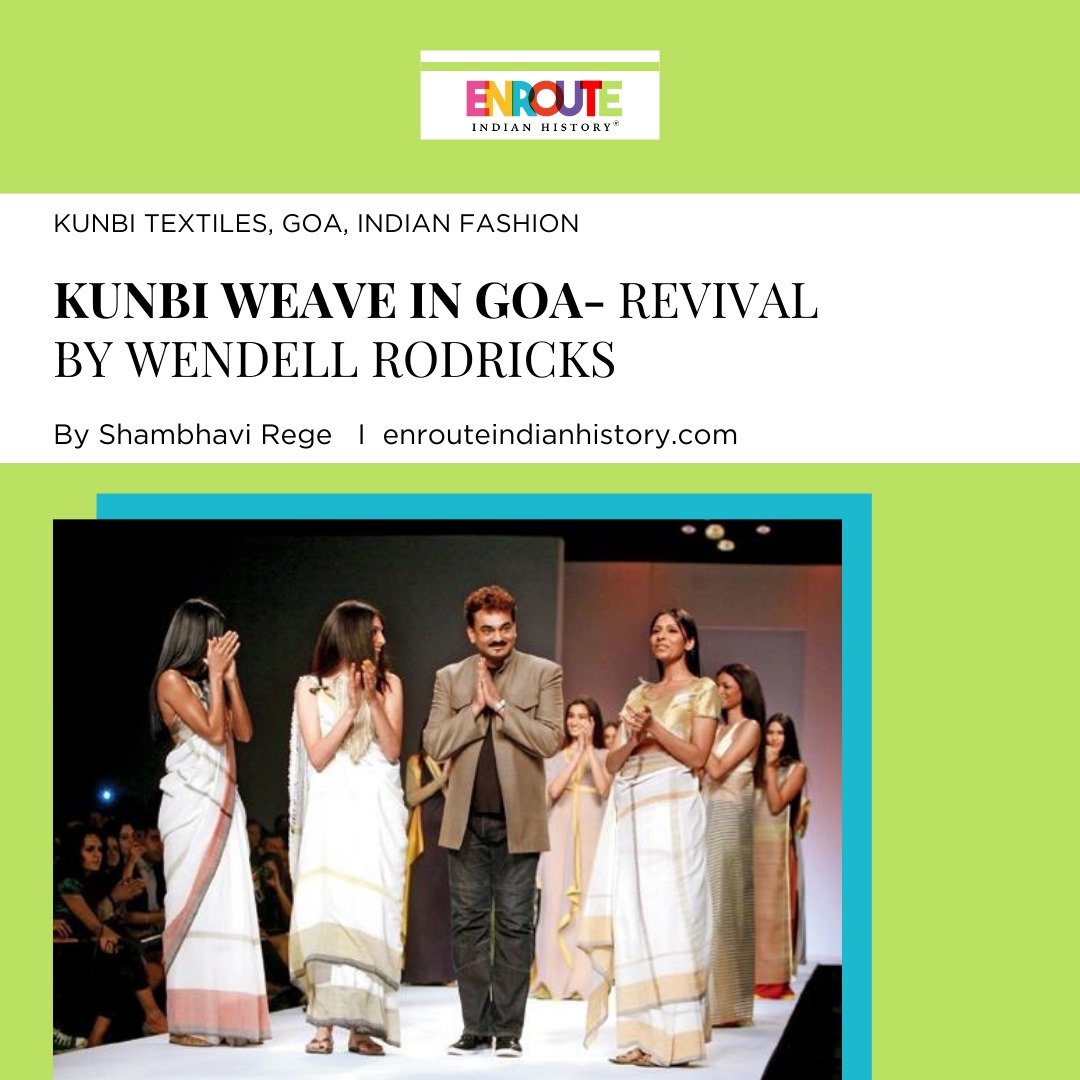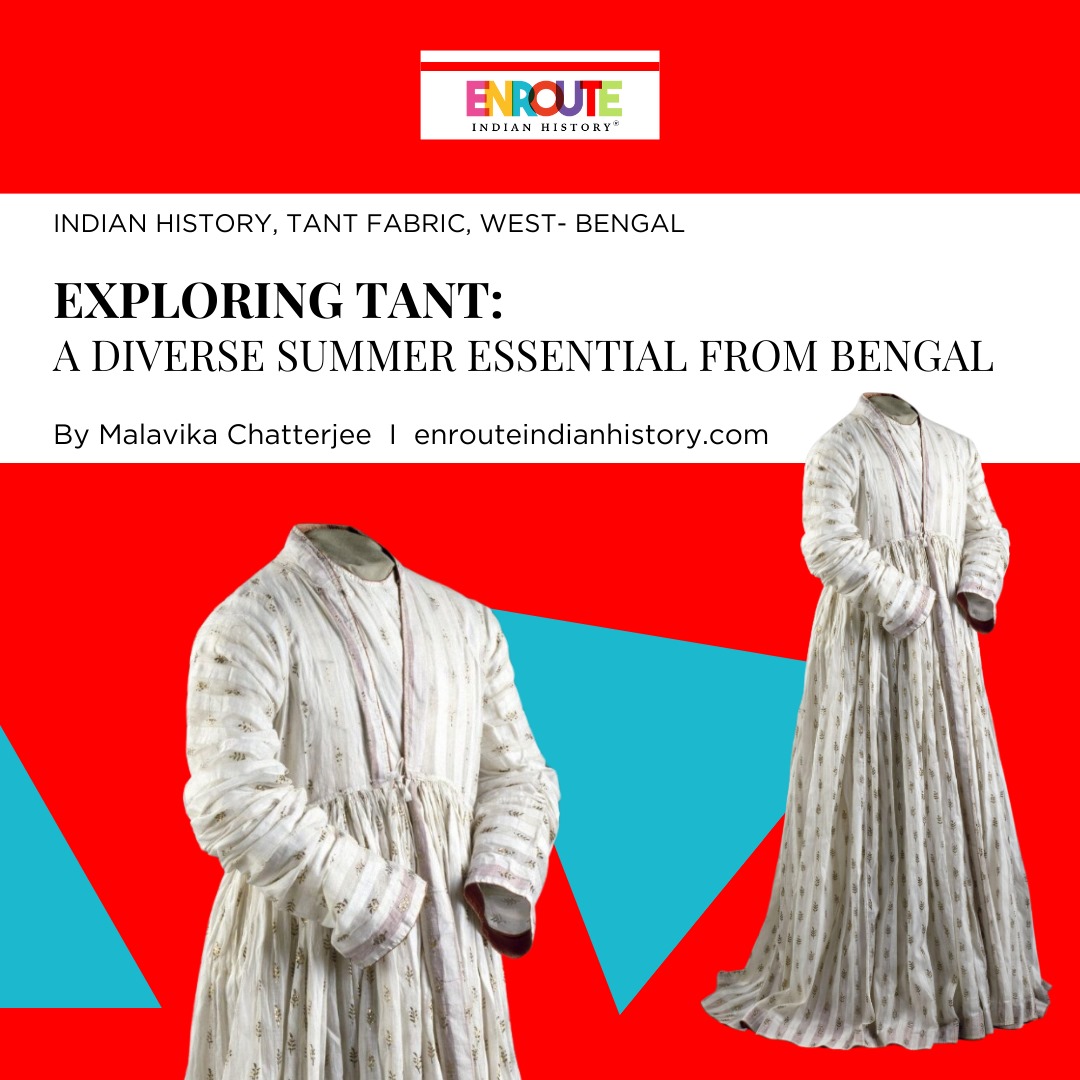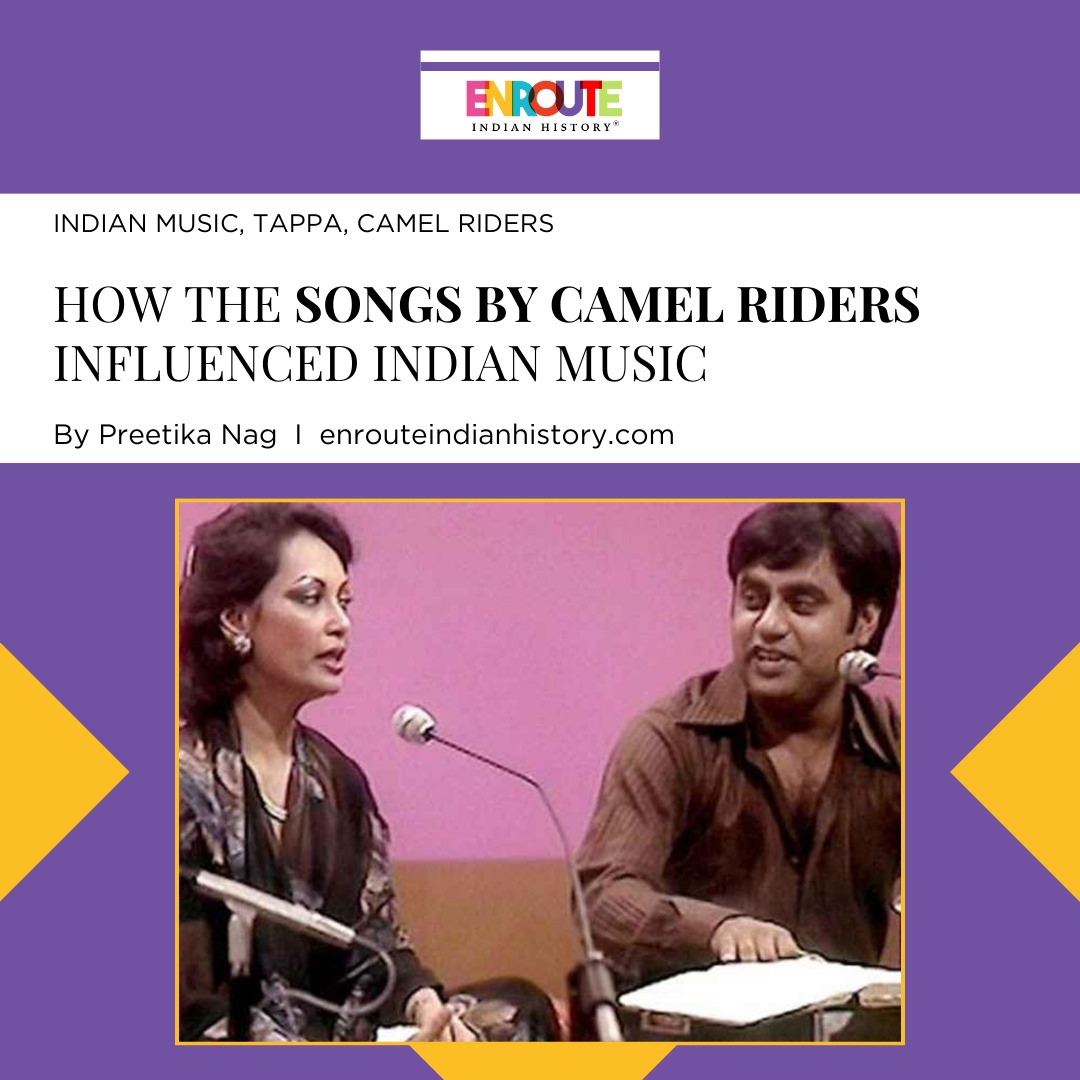
Jutti or Jooti جوتی is an Urdu word meaning shoe. From Mughal emperor Akbar to Alia Bhatt of Bollywood, juttis have had a strong presence in the Indian fashion industry with a legacy going back almost 450 years. So what makes the juttis of Punjab so popular and enduring? With their versatility and innovation, from the design to fabric to colour options and style, these ornamental slip-ons embody local cultural diversity, ethnicity, and craftsmanship.
History of Juttis of Punjab
Known by names like Jutti, Khussa, Mojari or Nagra, these shoes originated in the north-western region of South Asia and became popular with Mughal patronage in the 16th century. At this time, Punjab was one of the biggest centres of manufacture of traditional footwear. This formal style of footwear was popularised in the courts of Akbar and worn by the nobility. Charles Fabri (1960) notes that Akbar adorned slip-on style shoes embroidered with gold thread and horned-shaped backs that got substituted for backless mojaris during the reign of Jahangir. His style of shoes, now commonly known as the Saleem Shahi Jutti or the Punjabi jutti, have a narrow spade-shaped sole and curled or pointed tip.

(Source: Victoria and Albert Museum, London. Fig. 1 (left): Emperor Jahangir ca.1610; Fig. 2: Emperor Jahangir ca.1630)
Paintings are from the V&A South & South East Asia Collection.
Left: Painting, the emperor Jahangir (wrongly identified in the Persian inscription at the top of the painting as Shah Jahan), opaque watercolour and gold on paper, Mughal, ca. 1610 or later. Painting, in opaque watercolour and gold on paper, a portrait of the Mughal emperor Jahangir (wrongly identified as Shah Jahan in the inscription above his head), standing facing right, holding a sword in his right hand.
Right: Painting, Emperor Jahangir, opaque watercolour and gold on paper, Mughal, ca. 1630 Painting, in opaque watercolour on paper, portrait of the Mughal Emperor Jahangir. He stands facing left, and wears striped pink and navy blue trousers, a transparent over-skirt, a geometric patterned belt and an elaborate gold turban
Comparable to the Mojaris of medieval India, Punjabi juttis slightly differ from them with their covered heels and a flat-round upper. These complemented the ornate and luxurious Mughal fashion with intricately designed zardozi embroidery with gold and silver thread and embellishments of gems, pompoms, tassels, sequins, and beads beautifully depicted in numerous Mughal miniatures as mentioned by Dey (2015). Eventually, this footwear became commonplace. Today, juttis have made a place of their own in the Indian Fashion industry without undergoing any drastic iterations in their form. These are sported for casual, formal and various cultural occasions. The famous tilla jutti, synonymous with the city of Patiala, embroidered with metallic thread (these threads were traditionally real gold and silver), is one of the oldest and most popular design styles for Punjabi juttis. Due to the continued royal patronage towards the arts and leather manufacture in Punjab, juttis are now intrinsic to the Punjabi culture. It is evident in Punjabi music and colloquial language like the legendary Punjabi folk song Jutti Kasuri by the evergreen Surinder Kaur or the common phrase jutti meri pola mera.

Source: Vogue India Fig. 1 (top): Kareena Kapoor’s casual Indo-western look with Juttis from Jab We Met; Fig. 2 (bottom): Anushka Sharma in the movie Sultan wearing a traditional Patiala suit and Juttis
One of the reasons for this almost 450-year-old footwear’s continued existence is the adaptability of skilled artisans to the changing needs of people and trends in the Indian fashion industry. Unlike most footwear, juttis do not have a right or left foot distinction, taking the shape of your feet over time. In addition to their ergonomic characteristics, they are lightweight and handcrafted. Despite the rise in machine-based production of goods, the juttis still need to be partly stitched by hand, especially the inner lining.
Making of the Punjabi Jutti
Originally, Punjabi juttis were made entirely of leather. Kaur and Joseph (2010) note that due to the rise in cost and a shortage of leather, materials like rubber, rexine, velvet, canvas and other fabrics, to name a few, have been incorporated into the manufacturing process. Different grades of leather are processed for the production of juttis. They are processed using the vegetable tanning method for a flexible and water-resistant base material. Alternatives to leather, however, need little to no preparation. The leather (or its alternative) is then cut according to the preferred layout of the upper that includes the Panna (outermost layer), Astar (interlining) and Puran (lining after Astar) along with the Talla (sole). Materials for each part are stuck using either traditional adhesive like flour paste or synthetic adhesive. Juttis now also have padding on the soles. Kaur and Joseph (2010) enumerate the various tools employed to cut and scrape leather, embroidery, stitching, and finishing tools. A vital step in making a jutti is crafting the Kalboot (wooden template) that differs for men and women in Punjab, as observed by Sacher (2018). For men, juttis with a curved and slightly elongated end are in demand in contrast to those having a rounded front for women, often designed with a slight indent in the centre.
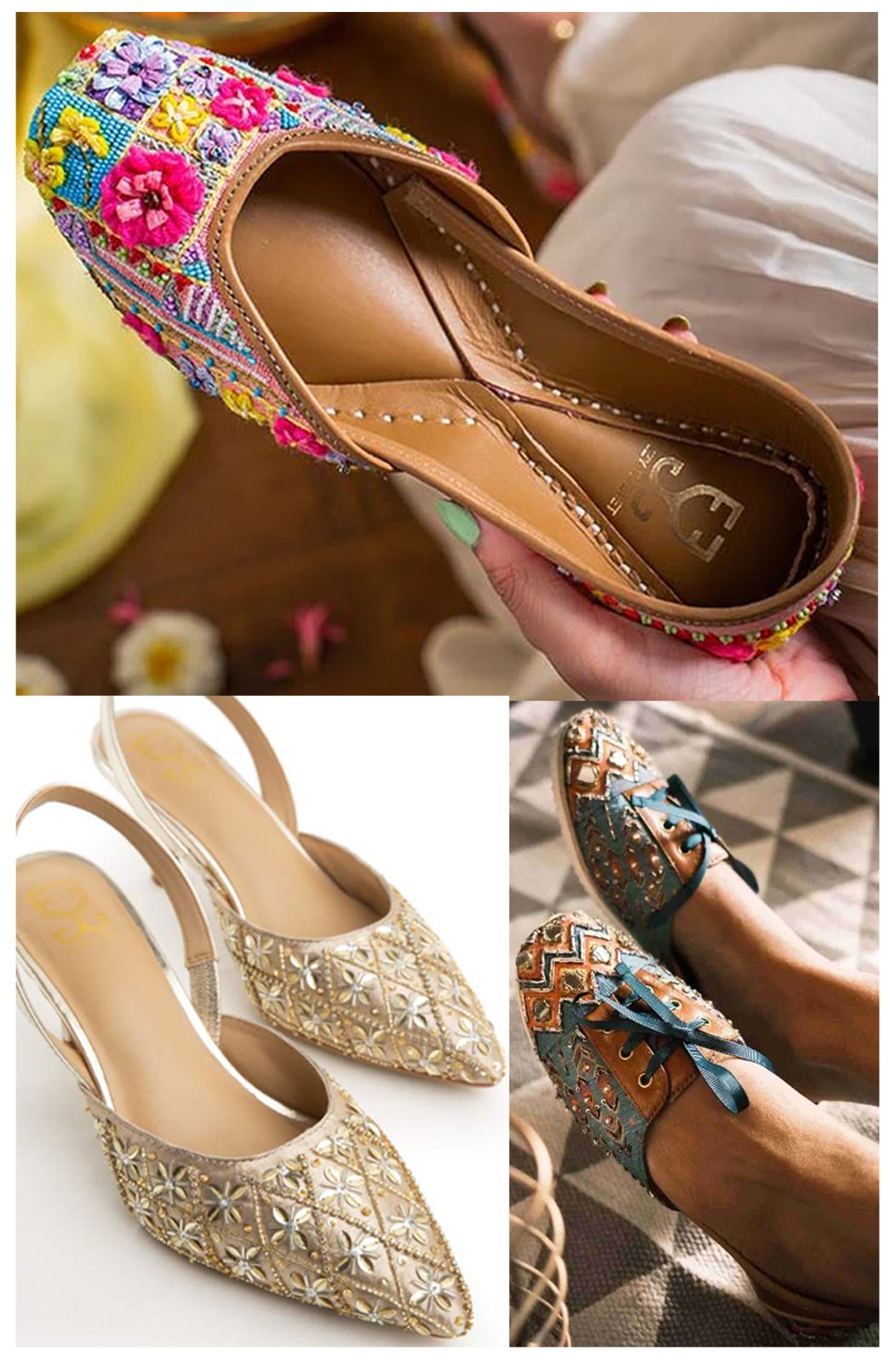
(Source: Fizzy Goblet Fig. 1 (top): La Dolce Vita Jutti; Fig. 2 (left): Jutti with Heels; Fig. 3 (right): Sneaker Jutt)
Top: La Dolce Vita Jutti. These juttis with intricate cross-stitch, ornate florals, and mesmerising beads, are designed to leave you spellbound. Upper – Intricate Hand Embroidery; Padding – Double Cushioning for comfort; Sole – Vegetable tanned leather sole.
Left: Salsa Mule Heels Kareena Kapoor Khan x Fizzy Goblet (Limited Edition). Adorned with geometric patterns and sequins, this pair can be teamed with soft pastels. So, go ahead, and celebrate in style. Upper – Geometric patterns highlighted by zarkan chain, sequins, and beads; Back: Comfortable slingback; Heel Height: 2 inches; Padding – Double Cushioning for comfort; Sole – Italian Sole
Right: Bazaar Afternoon Sneakers Payal Singhal x Fizzy Goblet.The perfect pair of designer sneakers for you that are highlighted by mirror work and geometric patterns on a tan-hued base. Upper Fabric – Intricate hand Embroidery and Mirror Detailing; Back – Intricate hand embroidery; Lining – Leather; Padding – Double Cushioning for comfort; Sole – Rubber Sole.
The Artisans making Punjabi Juttis
Kour (2020) enumerates the various production centres in Punjab that specialise in the manufacture of juttis, like those at Patialia, Fazilka, Muktsar, Amritsar, Malerkotla, Pathankot, Ludhiana, Malout, Faridkot and Abohar. The ancestry of the artisans who made this footwear goes back to Rajasthan, proficient in Nagra making. The royal family invited them to Patiala to make footwear for them.
Traditionally, caste-based communities were manufacturing juttis. The Chamaars processed the animal hide; the Rangaars painted the shoes; the Mochis stitched the finished product. From a home-based manufacturing industry, jutti-making has shifted to a workshop-based production system with streamlined roles. What has not changed, however, is the role of women artisans and their invaluable design aptitude since the Mughal times. While the men handle the production of the juttis and machine-made embroidery, women artisans are solely responsible for the intricate handmade embroidery. Sacher (2018) observed that in Sanaur village, Punjab, women artisans take their work back home with them and hand-embroider the juttis in the comfort of their surroundings.
Jutti Design and Embellishments
Although sewing machines entered the Indian Fashion industry and shoemaking business in the late 1800s, Kaur and Joseph (2010) note that machine embroidery for Punjabi juttis began in the early 2000s. The basic Mundi or desi jutti has no distinction between the right or left foot. Ghoni juttis are without a pointed end compared to the Nokdar juttis with pointed ends. The Khussa (popular in Pakistan) or Gabru juttis are a variation of these with broad bodies and a long curled tip like the end of a curled moustache. The Lukki/Lucky juttis have a broad front and back but a narrow midsection akin to a slender-waisted woman. Kasuri jutti from Kasur (Pakistan) have a toe indent in the centre; Jalsa juttis have a formal look with a slightly pointed tip. They are usually not heavily embroidered.
The juttis made in Patiala, Fazilka and Muktsar are known for tilla, zari and phulkari work. Patiala’s famous Patialashahi juttis with heavy embroidery (kadavi) and bright colours are in high demand. Muktsar and Malout are also known for their check designs. Fazilka’s tilla juttis stand apart for their impeccable design, intricate embroidery and immaculate finish. Other popular design elements are ghungroos, tiny bells, sea shells and sequins. Tassels and pom poms that adorned the juttis and jewellery since the reign of Akbar are back in fashion. Phulkari, an embroidery style native to Punjab that draws inspiration from flowers, is also incorporated into Punjabi juttis. Phulkari work also includes motifs and designs of geometric forms called bagh or square gardens.
Juttis today
Kour (2020) astutely observed that currently, customers influence the design. Contemporary designs and modern-day demands need machine embroidery that has not only led to commercially cheaper products but has aided in the efficiency of jutti production. However, Kaur and Bahadur (2017) point out that the rising costs of traditional materials, growing demand for modern designs, design intervention, a shortage of skilled labour, no direct export of jutti and bad financial conditions of the workers have affected the traditionally skilled artisans. The Punjab government opened the Footwear Design and Development Institute (FDDI) under the Ministry of Commerce & Industry, Government of India to revive this dying art. It organises, trains and equips artisans to face the global fashion market. Artisans are now willing to customise their work to stay relevant within the booming Indian Fashion industry.

Source: Fig. 1 (top): Juttis with Tilla work : Raunak Punjabi Jutti.; Fig. 2 (bottom) One pair of men’s mojari 1855–79, Hyderabad: Victoria and Albert Museum, London
Top: Grace Jutti with Golden Tilla designed by Raunak Punjabi Jutti online store. Lining (Leather), Sole Material (Leather), Upper Material (Leather), Cushion (Double padded). Occasion: Festive
Bottom: Mojaris from the V&A South & South East Asia Collection. They are a pair of men’s shoes, 1855–79, Hyderabad, India. Made of Leather, silk velvet, cotton, glass beads, silk thread and gilded silver. Height: 85mm Width: 100mm Depth: 230mm (Note: Measurements taken by conservation for the exhibition Shoes Pleasure and Pain (2015-2016)
Websites like Fizzy Goblet and Coral Haze promote Indian fashion by seamlessly blending traditional and contemporary designs into ethnic footwear. Fizzy Goblet, the brainchild of designer Laksheeta Govil, has revamped traditional juttis for the 21st century by making high-quality, comfortable, and desirable footwear. Their recent collaboration with Bollywood actress Kareena Kapoor Khan makes perfect sense as she made juttis trendy through her movie Jab We Met in 2007. Actress Anushka Sharma is also often seen flaunting her juttis in films and daily life. Celebrities like Saira Ali Khan, Kriti Sanon, Soha Ali Khan and Jahnvi Kapoor, to name a few, have been seen sporting the Punjabi juttis by the brand Coral Haze.
The succinct description given by Jain and Bedi (2023) of the legacy of Patiala, and as an extension, the legacy of Punjab in the Patiala Shahi Pagh, Paranada, Jutti and Salwar, drives home the fact that Punjabi juttis are deep-rooted in the Punjabi culture and Indian fashion. They are ornamental, functional, and affordable and have a variety of designs ranging from minimal to sophisticated, bold and quirky. Juttis have constantly evolved through the decades, showcasing ancient handicraft techniques that have stood the test of time. They are a testament to the tenacity, hard work, and commitment to this art form of the Punjabi and South Asian artisans. Justifiably, Punjabi juttis give us a glimpse of the Indian fashion history and its development of style, comfort and design.
Bibliography and References
Dey, G. (2015). Fashion and Designing under the Mughals (Akbar to Aurangzeb): A Historical Perspective. Darjeeling: University Of North Bengal (Unpublished thesis).
Fabri, C. (1960). A History of Indian Dress. Calcutta: Orient Longmans.
Jain, V. and Bedi, S. (2023). Patiala’s Legacy in Popular Culture: Pagh, Paranda, Jutti and Salwar. Journal of Humanities and Social Sciences Research 5(1), pp. 49-55.
Kaur, A and Bahadur, B. (2017). Dalit occupation of Punjabi Jutti-Makers: A study of Muktsar city of Punjab. International Journal of Applied Social Science 4 (7&8): pp. 287-293.
Kaur, P. and Joseph, R. (2010). Dying Art of Punjabi Jutti In Patiala. Asian Journal of Home Science 5, pp. 226-231.
Kour, G. (2020). Versatility in Designs of Punjabi Jutti. The Chitrolekha Journal on Art and Design 4(1), pp. 1-9. DOI: https://dx.doi.org/10.21659/cjad.41.v4n102
Mehta, R.J. (1960). The handicraft and industrial Arts of India. Mumbai: D.B. Taraporewala Sons Co. Pvt. Ltd.; pp. 138-13.
Sacher, R. (2018). The Making of the Patiala Jutti — Google Arts & Culture https://artsandculture.google.com/story/TAVx_OxWZxuiIg?hl=en
Sacher, R. (2018). Women Add a Special Touch to the Jutti — Google Arts & Culture https://artsandculture.google.com/story/8gWBW258BmEQLw?hl=en
Sacher, R. (2018). Makers of the Famed Patiala Jutti — Google Arts & Culture https://artsandculture.google.com/story/6AWxtbq4quw8KQ?hl=en
https://www.mehar.xyz/india/blog/all-you-wanted-to-know-about-the-indian-juttis
- April 3, 2024
- 16 Min Read


